The BlackMath is a platform for Digital Signal Processing learning and teaching. The goal is not to be a fancy board, but to offer the bare minimum to be usable, without the need for proprietary tools.
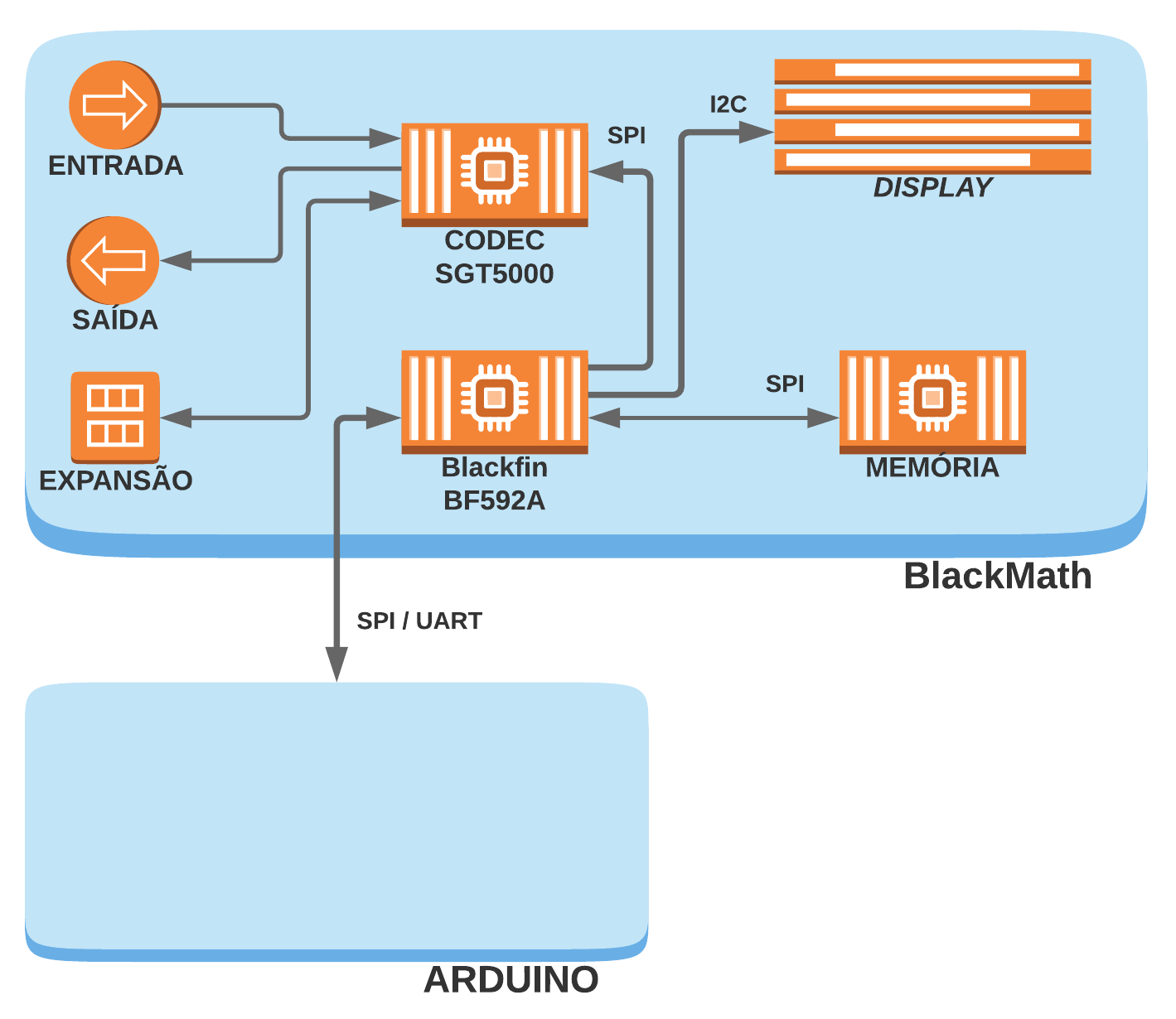
The Arduino-compatible board takes the place of a Analog Devices' JTAG and GCC is used, instead of Cross Core or VisualDSP++.
The BF592 is a very capable chip, despite its clock and memory limitations:
| Memory Type | Size |
| Instructions RAM | 32kB |
| Instructions ROM | 64kB |
| Data RAM | 32kB |
| Scratchpad data RAM | 4kB |
| BootROM | 4kB |
Fortunately, AD provided a good range of functions embedded on its 64kB of ROM. This saves precious program space and ensures the programs performance.
The board has an SPI Flash, used to store data or programs. A "jumper" selects the boot mode: internal SPI Flash or external Arduino guided.
The SGTL5000 codec was used just for its price tag. Thinking about it now, it's a a certain waste of resources, because we will no use all of the available functions. It is connected to BF592 by the SPI interface.
There is an expansion connector, where the student can plug in some sort of adaptor, to read some other signal that not audio: ECG, EEG, 4~20mA etc...
The P10 connectors were choosen by its mechanical characterstics, but the microphone conn is a P2.
The display is an OLED type, the cheapest found on AliExpress.
There is an JTAG port, for the initial tests, but the goal is to use only free tools: GCC as the mais compiler and an Arduino board to load the DSP main program.
WARNING: the board only accepts 3,3V signaling. The Arduino-campatible board has to work at this voltage. I used a Wemos D1.
Besides the board, a software framework will be available. All the low-level configuration, the ping-pong buffers, communications interface etc... will be handled by the BlackMath framework.
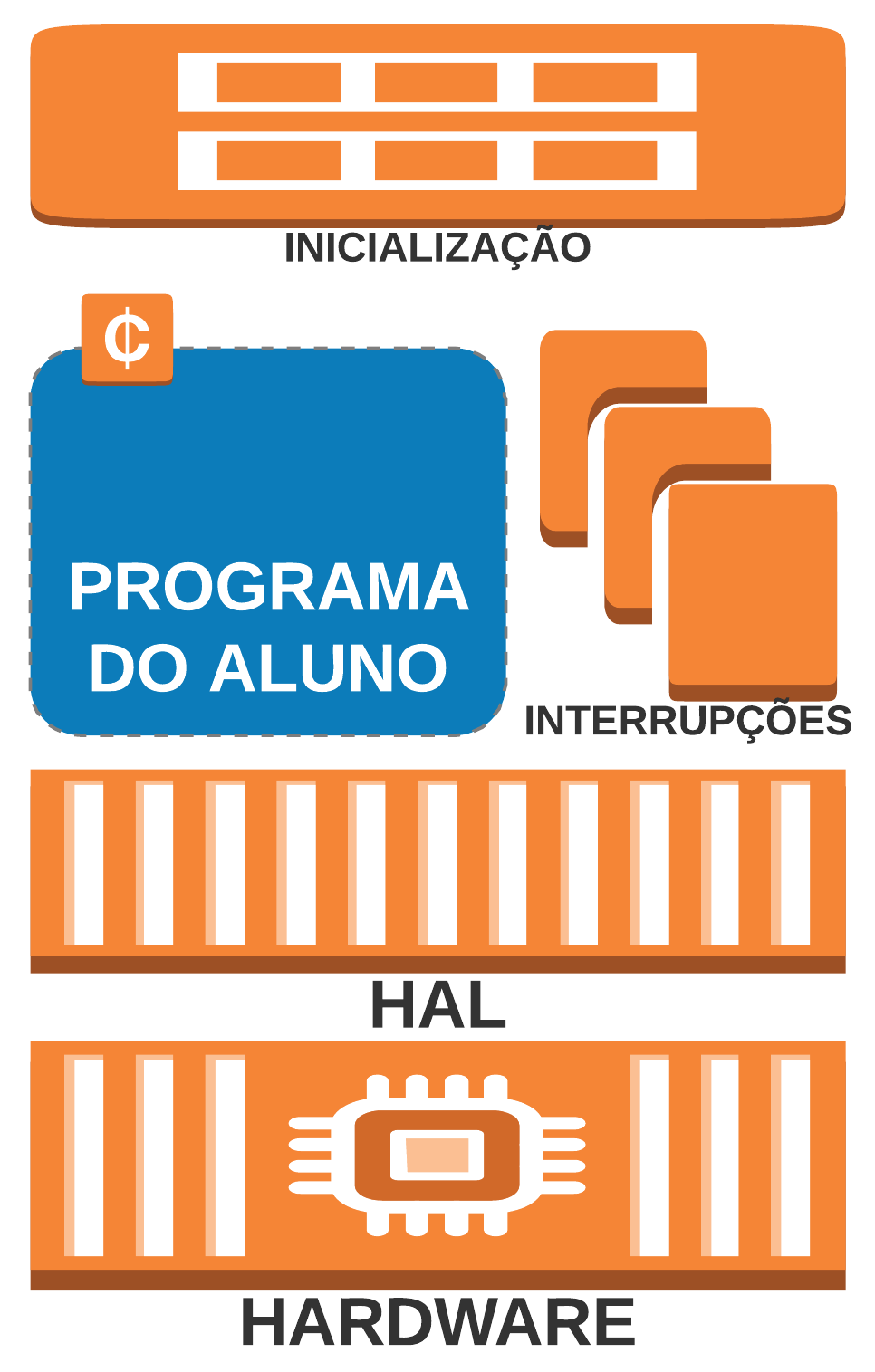
You can find the files at https://github.com/marcelluspereira/blackmath
 Marcellus Pereira
Marcellus Pereira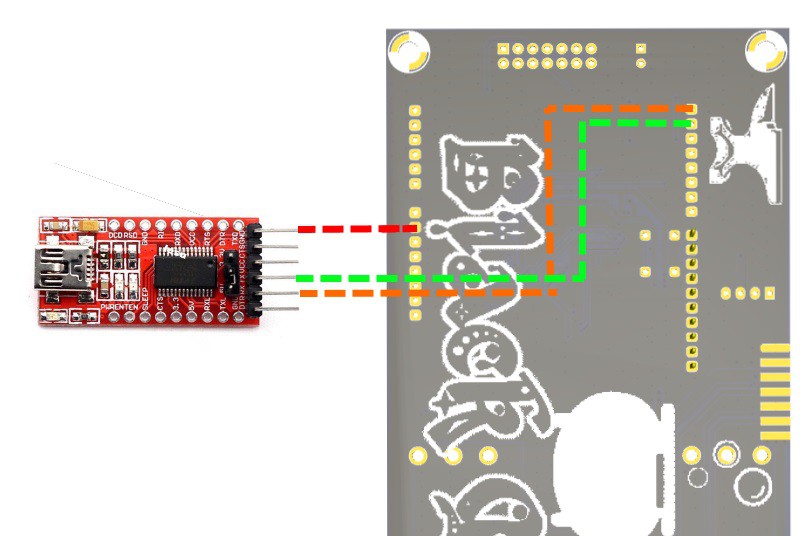
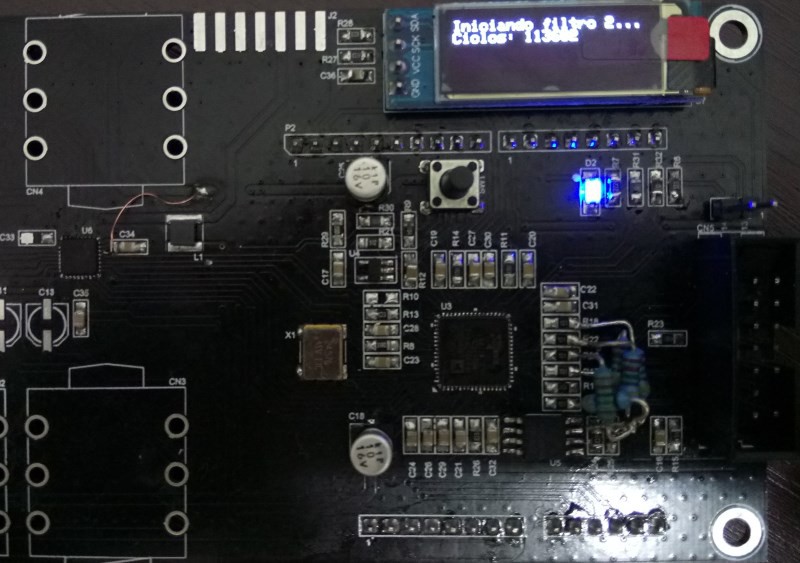
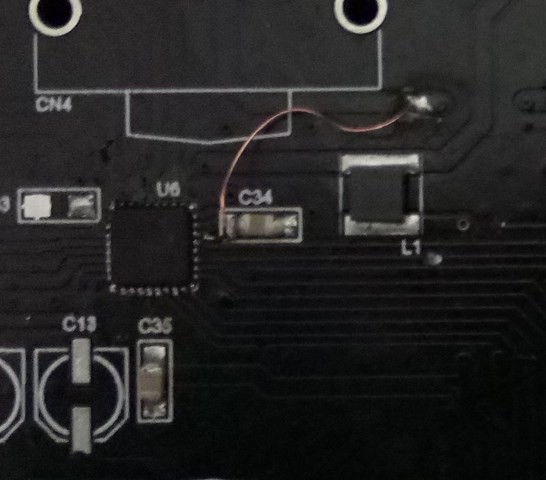
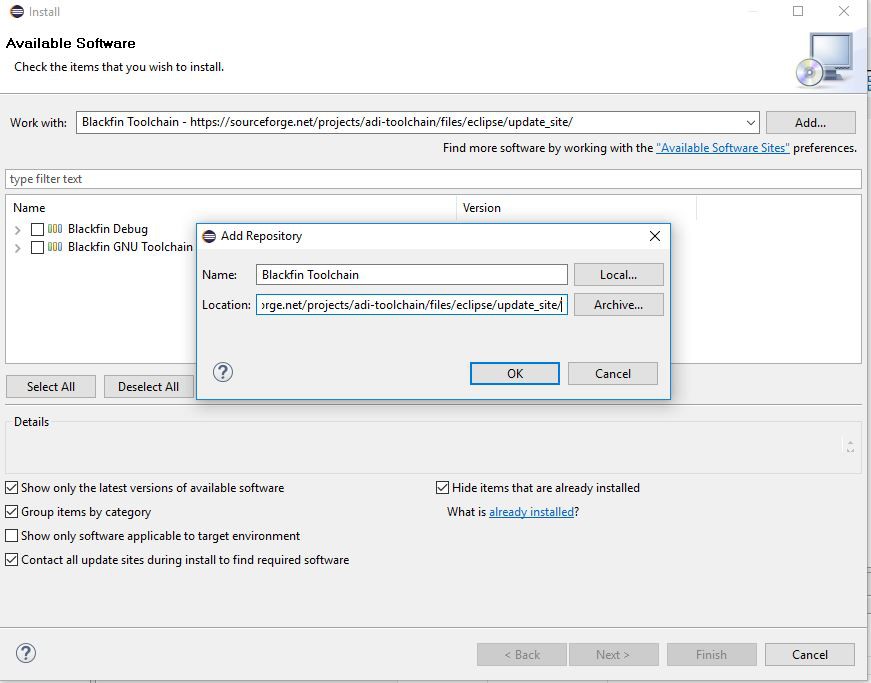
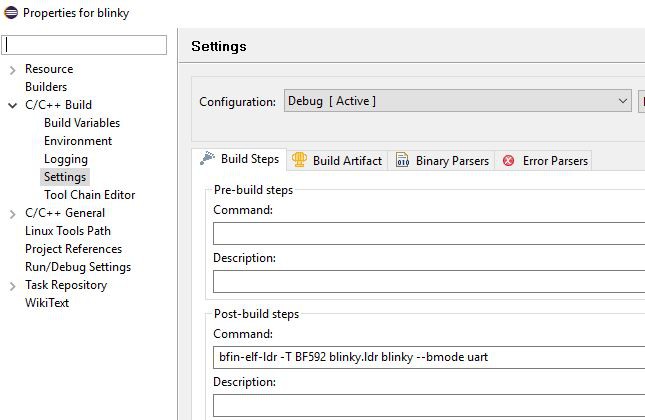

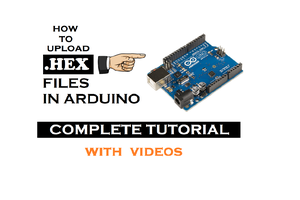
 Sagar 001
Sagar 001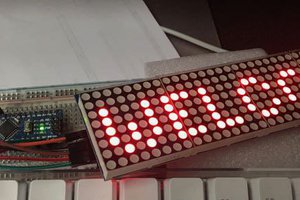
 Peter
Peter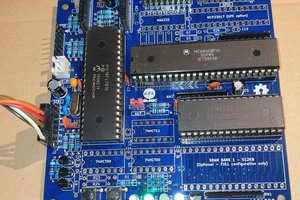
 Just4Fun
Just4Fun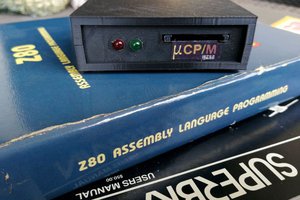
 Giorgio Rutigliano
Giorgio Rutigliano
Congratulations on this!